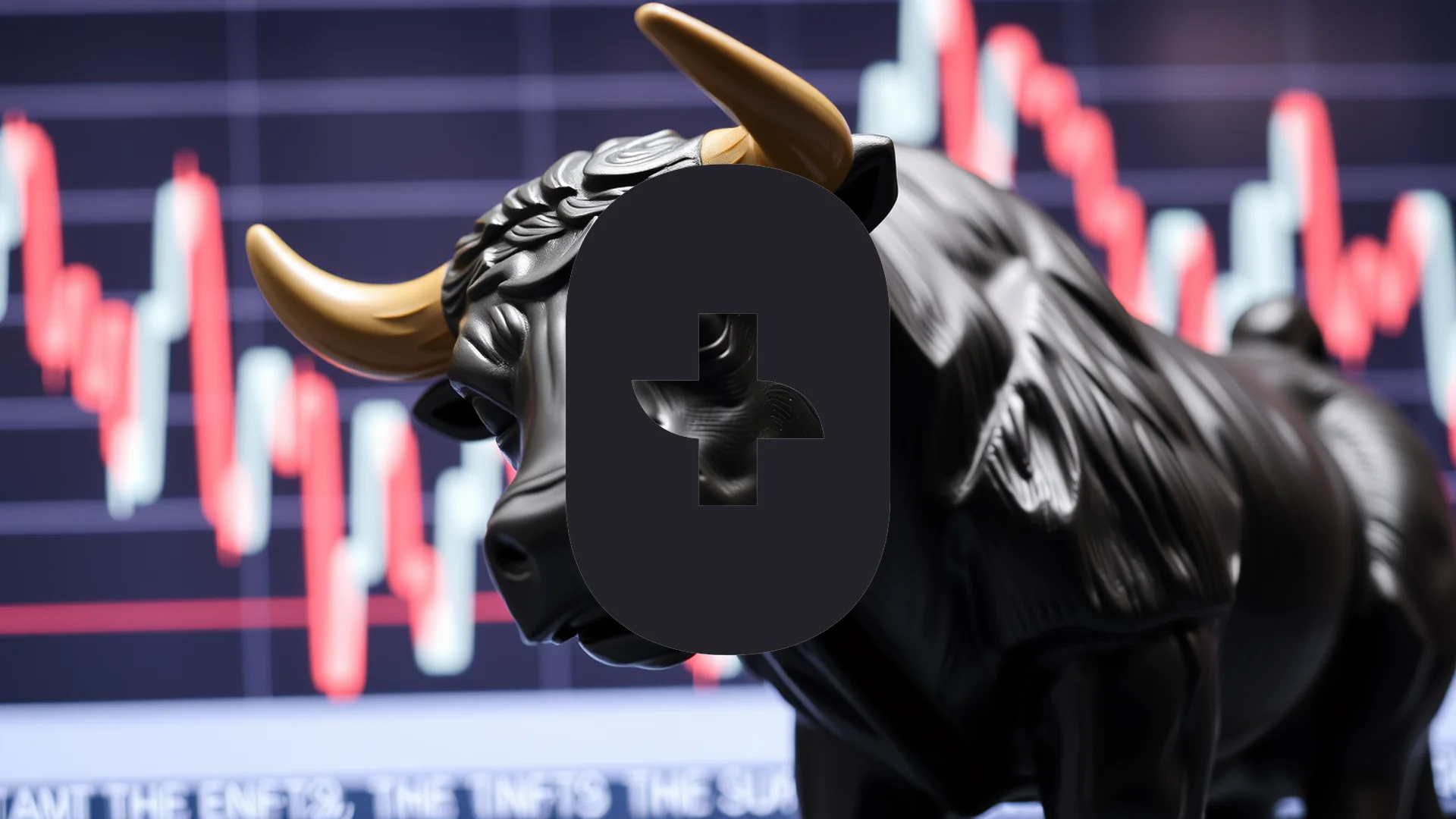Chinese electric vehicle manufacturer Nio Inc. generated significant market turbulence this week following a major financial announcement. While the company recently posted impressive delivery growth, investor attention shifted dramatically to a surprise $1 billion capital raise that initially triggered a sharp selloff before an unexpected recovery.
Strategic Move or Desperate Measure?
On September 10, Nio moved forward with a substantial equity offering, placing 182 million new shares at a discounted price of $5.57 per share. This dilution of approximately 8% of existing shares prompted immediate negative reaction from investors. The stock plummeted as much as 9.6% the following day, with many shareholders viewing the move as poorly timed given the company’s recent operational improvements.
Management outlined specific plans for the newly acquired capital, emphasizing investments in new technology development, expansion of their unique battery-swapping station network, and general balance sheet strengthening. The strategic necessity of this move remains debated among analysts covering China’s intensely competitive EV sector.
Analyst Upgrades Fuel Remarkable Recovery
In a surprising turnaround, Nio shares rebounded strongly on Friday following revised analyst assessments. JPMorgan upgraded its rating from “Strong Sell” to “Hold” while maintaining its “Overweight” recommendation. This endorsement helped push the stock to a 2.71% gain by market close, as investors reconsidered the strategic value of bolstering Nio’s financial position amid fierce market competition.
Should investors sell immediately? Or is it worth buying Nio?
Operational metrics continue to show promising growth, with second-quarter deliveries climbing 25.6% to exceed 72,000 vehicles. The company’s current quarter forecast projects between 87,000 and 91,000 deliveries, indicating robust demand for its newer mass-market models, the Onvo and Firefly.
The Path Toward Sustainable Operations
Despite these positive delivery figures, Nio continues to face significant financial challenges. The company reported a loss per share of $0.32 in its most recent quarter, slightly exceeding analyst expectations. Against this backdrop, management’s target of reaching operational breakeven by the fourth quarter of 2025 appears particularly ambitious.
The billion-dollar capital infusion may provide crucial breathing room for Nio to continue its expensive expansion initiatives while maintaining focus on achieving profitability. The coming months will determine whether this strategic financial move positions the company for long-term success or merely postpones inevitable challenges in an increasingly competitive marketplace.
Ad
Nio Stock: Buy or Sell?! New Nio Analysis from December 20 delivers the answer:
The latest Nio figures speak for themselves: Urgent action needed for Nio investors. Is it worth buying or should you sell? Find out what to do now in the current free analysis from December 20.
Nio: Buy or sell? Read more here...










